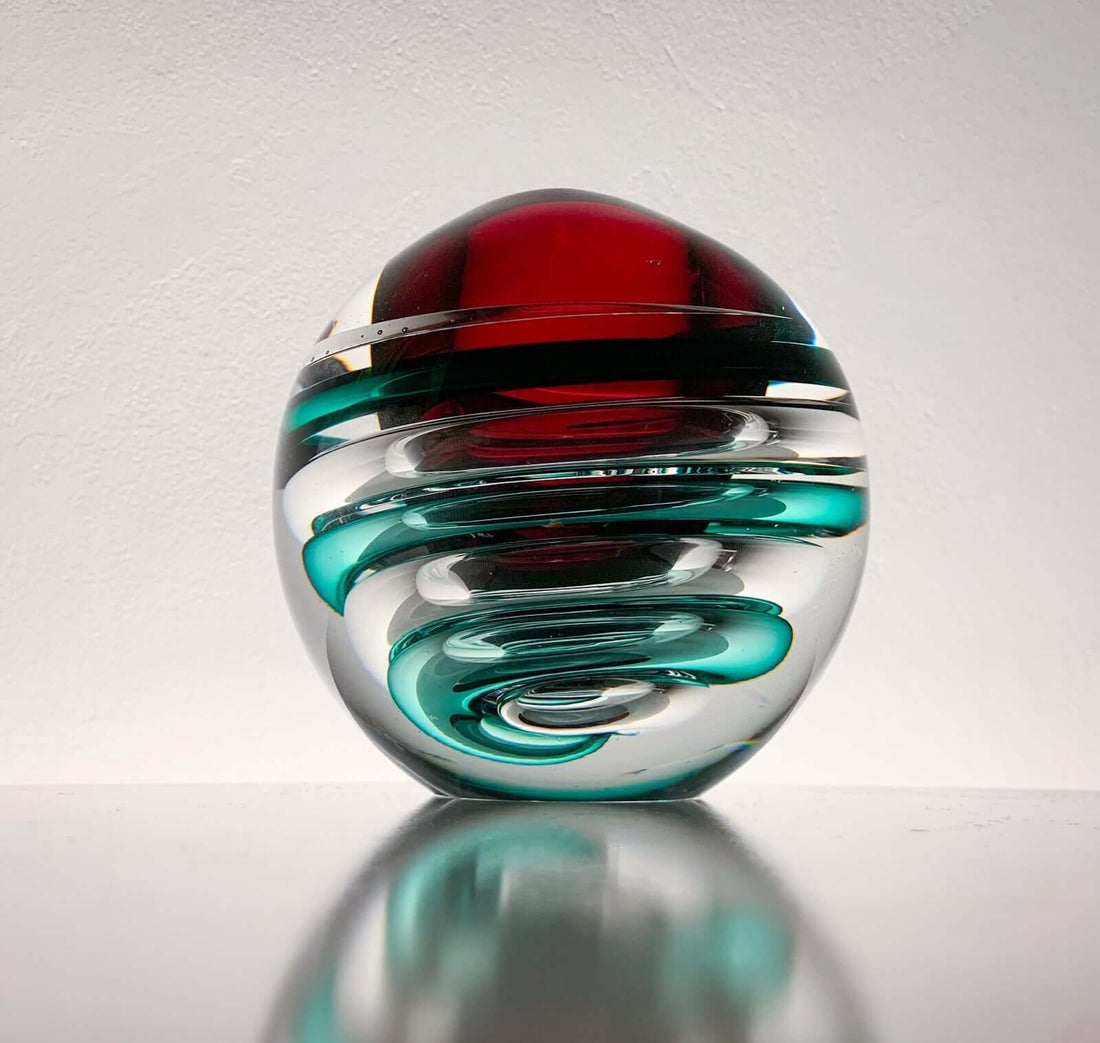
Ariel: Sweden’s Revolutionary Art Glass Technique of the 20th Century
Ariel represents a labor-intensive and lengthy three-stage technique for processing crystal or glass. Only the most talented designers and glassblowers are capable of working with it.
First, the blank for the object is blown, and this must be done within a very limited time - a feat only achievable by a true master glassblower. The next stage involves a very prolonged engraving, a processing inside the mold that eventually becomes the defining feature of Ariel - the decorative air pattern, which imparts a distinctive silvery shine to the object.
In the third stage, the object is heated once again and blown to its final dimensions.
The technique was invented in 1936 at the Orrefors factory by two of Sweden’s leading glass designers, Edwin Erström and Vicke Lindstrand - one of the fathers of modernist interior decor, as well as by the glassblower Gustav Bergqvist.
Its name is derived from Ariel, the spirit of the wind, in Shakespeare’s play The Tempest, and it artistically reflects the nature of the technique.
Technically and historically, it is connected with the second most complex art glass production technology - the Graal technique - which was invented 20 years earlier.
Both Graal and Ariel have been passed down from generation to generation by Swedish designers. They are arguably the most luxurious and the most Swedish of techniques.
Every new series of Ariels is an event. Each series is numbered and produced in limited editions or as unique pieces.
